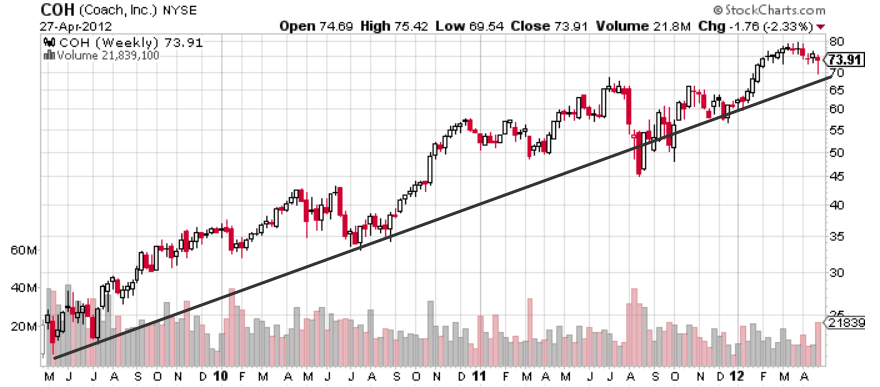This morning’s BLS report of labor conditions provided weaker than expected numbers.
The main numbers included a non-farm payroll growth number of +74k which was well under expectations of +197k and was the lowest number in 3 years. Within the number, quality was not particularly strong with most growth in retail workers (+55k). Also on the upside were wholesale trade (+15k), professional and business services (+19k), and manufacturing (+9k). Construction experienced a decline (-16k) with some attributing this to the weather.
The other main number was a decline in the unemployment rate from 7.0% to 6.7% (7.0% expected). On the surface, this looks great. Beneath the surface, the number was affected by the fact that there were fewer workers participating in the labor force. Furthermore, the reported labor force participation rate of 62.8% is equal to a 35 year low. An unemployment rate that includes discouraged and underemployed workers was unchanged at 13.1%. As for the Fed, they have previously announced that they would not use a 6.5% unemployment rate at a trigger to initiate increases in short-term interest rates. Certainly, the affect of the labor force participation on the unemployment rate had much to with this decision as it fails to truly capture the overall and lackluster nature of labor markets. Lastly, there was a little good news in the slight increase in average workweek hours that inched up from 34.1 hours to 34.5 hours.
The equity markets are taking the employment report in stride with slight increases this morning. If I had to guess. investors appear to be more interested in upcoming earnings reports rather than an employment report that basically confirms ongoing weakness in labor growth. In my mind, the most notable move has been a 5 basis point decline in the 10-year Treasury rate and potentially indicative of expectations that Federal Reserve tapering may not be as rapid as expected.




